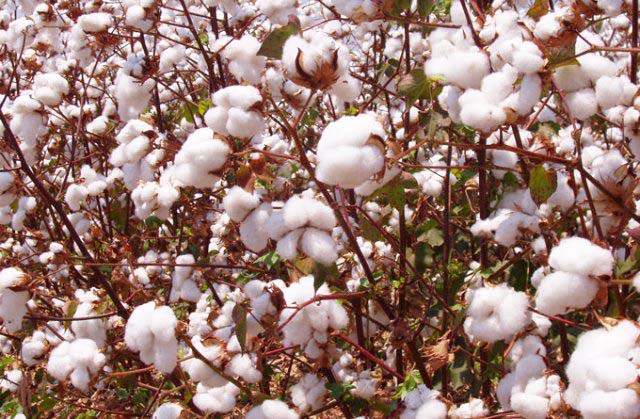
Agriculture
Council calls for collaboration to develop Malawi’s cotton industry
October 14, 2022 / Bester Kayaye

The Cotton Council of Malawi (CCM) says multi-stakeholder approach is imperative in developing the country’s cotton industry and its associated value chains.
CCM’s chairperson Duncan Warren made the call when the council joined the global community in commemorating World Cotton Day that falls on October 7 under the theme “Weaving a better future for cotton.”
The event provides an impetus for economic development of farmers as well as developing nations and it is celebrated across the globe through events that disseminate knowledge and give assistance to cotton farmers, processors, researchers and all other stakeholders about cotton production and marketing.
Speaking to Mining and Trade Review, Warren hinted that among the key challenges facing the cotton industry in Malawi is inadequate production to meet processing demand which needs efforts from various industry players in improving the situation.
In the 2021/22 season, about 25,000 tonnes of seed cotton was produced in Malawi, down from projected 35,000 tonnes due to climate change related problems such as the early season droughts, and cyclones Anna and Gombe which hit most parts of the country.
Warren pointed out that in an era of growing impacts of climate change, increased cotton production offers hope for a healthier planet as it has a negative carbon footprint and degrades 95% more than polyester in wastewater, helping to keep land and water clean.
He explained: “Cotton is the most abundantly produced natural fiber in the world. In 2019, world natural fiber production reached 34 million tons of which cotton accounted for nearly 80% of the total. More than 103 million tons of textile fibers were consumed in 2019, out of which cotton accounted for 24%”
“Within Malawi, cotton is grown by about 100,000 to 400,000 farming families in more than 15 districts in the country, and in some of the districts, stands in as a proxy food crop through which farmers are assured of both food and income security.”
In 2015 alone, the value of the textiles and garments industry in Malawi was estimated at US$ 410 Million which is about 6% of the GDP. Warren said this signifies one of the potential benefits available from growing and developing the cotton value chain.
“We have also changed our mode of operations, previously we were using zoning system but we have changed to club system whereby farmers are encouraged to form clubs and cooperatives so that they stand a chance to enter into a contract with a buyer, that arrangement has improved the situation a lot in terms of access to inputs particularly seeds which are expensive and it has also improved marketing,” he said.
In his remarks CEO for Cotton Farmers Association of Malawi (COFA) Synowden Mbalafana hailed CCM for championing several noteworthy developments such as introduction of contract farming and hybrid seeds in the cotton industry that has seen local farmers substantially benefiting from their labour.
Mbalafana said Malawi is among a few countries to introduce Bt cotton, which has raised the seed cotton yield from an average of 800 kg/ha to more than 1,500 kg/ha over the past three years. Potentially, these average yields can further be enhanced through improved husbandry practices to about 3,000-4,000 kg/ha.
He said: “From 2018 when we started working with Cotton Council of Malawi we have registered significant improvements in our cotton farming as we have been introduced to contract farming which has seen closer and stronger links between buyers and farmer groups which has led to phenomenal improvements in loan recovery from a poor 15% to over 90%. It has also enhanced competition among the buyers resulting to increase in farm gate prices of cotton.”
In Malawi, cotton anchors more economic activities from agro-dealerships in pesticides, seeds, fertilizer, sprayers; employment in transportation; oil crushing and animal feeds. Cotton also directly employs more than 322,000 people in production, ginning, spinning and fabric production, garments and textiles industries.































